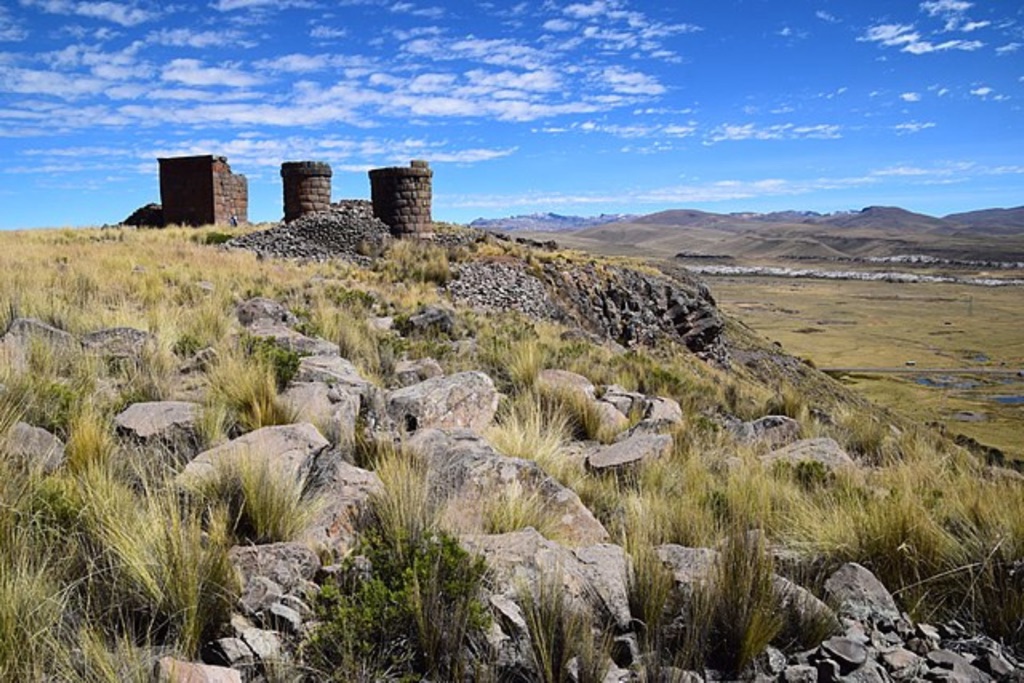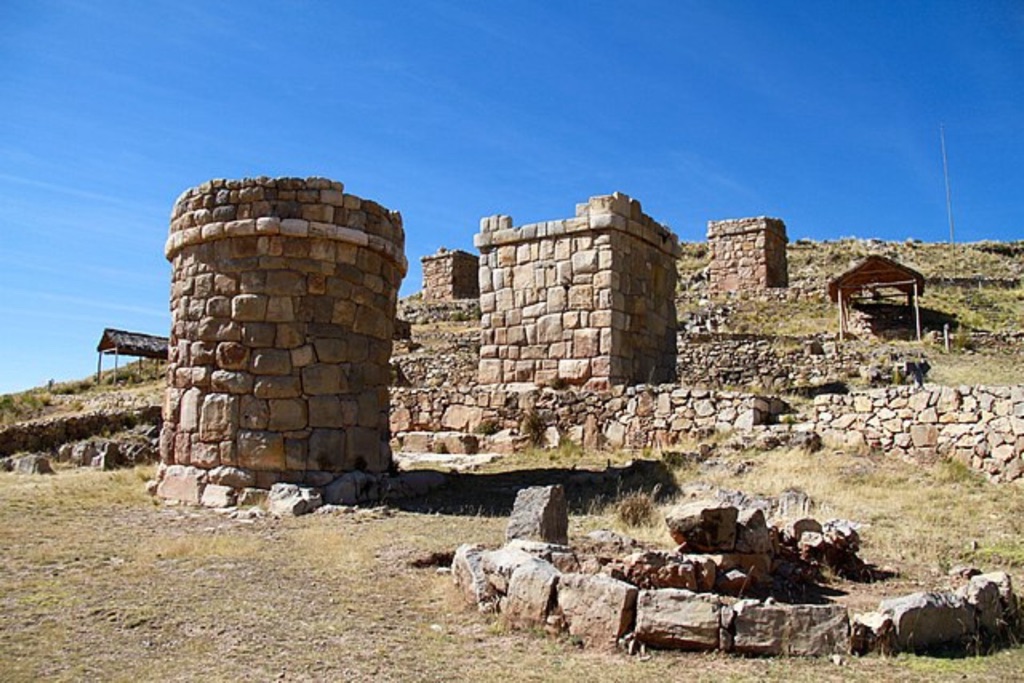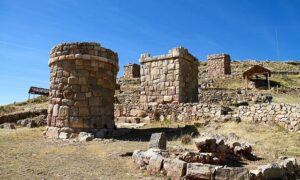Cutimbo, a pre-Columbian archaeological site, stands on a volcanic plateau in the Puno region of Peru. Known for its chullpas, or funerary towers, it reflects the complex funerary practices of the region’s past inhabitants. The site offers a window into the Andean cultures, particularly the Collas and the Incas. Its strategic location and construction suggest it was a place of both ceremonial and strategic importance.
Colla Kingdom

The Colla Kingdom, an enigmatic pre-Columbian state, flourished in the high Andean plateau of South America, primarily within what is today Peru and Bolivia. This civilization, part of the larger Aymara culture, thrived from the 11th to the 15th centuries, before its eventual incorporation into the expanding Inca Empire. The Collas are renowned for their remarkable adaptation to the harsh Andean environment, developing sophisticated agricultural techniques, including terracing and irrigation, to cultivate crops at high altitudes.
Architecturally, the Colla Kingdom left behind an impressive legacy, most notably in the form of chullpas, which are funerary towers constructed to honor their dead. These towers, scattered across the Colla landscape, vary in complexity and size, reflecting the social status of the individuals interred within. The intricacy of these structures, along with their strategic placement in the landscape, underscores the Collas’ deep reverence for their ancestors and their sophisticated understanding of engineering and architecture.
Politically, the Colla Kingdom was organized into a confederation of ayllus, which are extended family groups that served as the basic social and economic units of Andean societies. This decentralized structure allowed the Collas to efficiently manage resources and defend their territories against rival groups. The leadership of the kingdom was vested in a paramount leader, known as the Mallku, who wielded considerable power and was considered a semi-divine figure.

The economy of the Colla Kingdom was largely based on agriculture, herding, and trade. The cultivation of potatoes, quinoa, and other high-altitude crops, along with the herding of llamas and alpacas, formed the backbone of their economy. Trade networks extended across the Andean region, facilitating the exchange of goods such as textiles, metals, and ceramics. These economic activities not only sustained the Colla population but also enabled them to engage in long-distance trade relations, connecting them with distant cultures and civilizations.
The Colla Kingdom’s religious practices were deeply intertwined with their daily life and natural environment. They worshipped a pantheon of deities, with a particular emphasis on ancestor worship and the veneration of natural elements such as mountains, which were considered sacred. Rituals and ceremonies often involved offerings to these deities, seeking their favor for good harvests, health, and protection. The integration of religion into their political and social systems underscores the holistic worldview of the Colla people, where the spiritual and material worlds were closely interconnected.
The eventual conquest of the Colla Kingdom by the Inca Empire in the 15th century marked the end of its independence but not the erasure of its cultural legacy. The Incas, recognizing the value of the Colla’s agricultural practices and administrative organization, incorporated much of this knowledge into their own empire. Today, the remnants of the Colla Kingdom, from the chullpas dotting the Andean landscape to the enduring agricultural practices, stand as a testament to the ingenuity and resilience of this ancient civilization.

